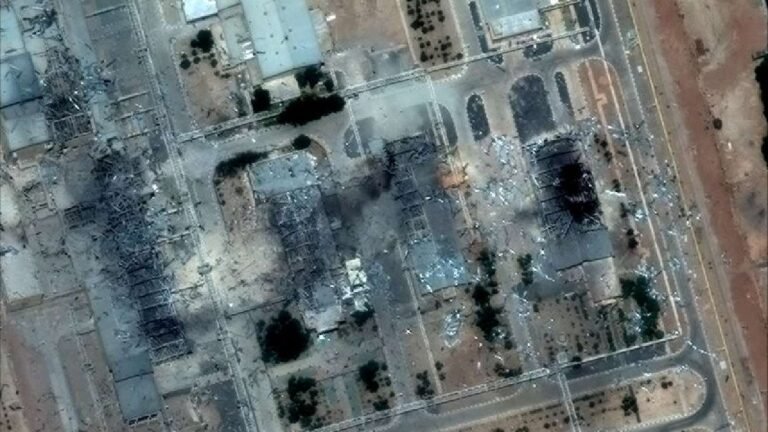Despite deploying some of the most powerful weapons in its arsenal, the United States has failed to seriously damage Iran’s nuclear program. A recent intelligence report from the Pentagon reveals that the targeted nuclear facilities remain largely intact.
The operation, known as “Midnight Hammer,” was launched with over 125 warplanes. It involved advanced stealth bombers and a range of destructive weapons. Among them were 14 bunker-buster bombs weighing 300 pounds each, nearly 30 Tomahawk missiles, and around 75 precision-guided weapons.
However, just three days after the strike, the Defense Intelligence Agency (DIA) stated in a classified review that Iran’s nuclear infrastructure suffered minimal damage. According to the report, the attack may only delay Iran’s nuclear timeline by two months at most.
The core centrifuges used for uranium enrichment are reportedly still functional. Even more concerning for Western powers, the stockpile of enriched uranium also survived the assault without harm.
Although several surface structures were destroyed, the underground bunkers housing critical operations were not breached. U.S. intelligence has confirmed that the majority of Iran’s program remains operational.
Despite the Pentagon’s findings, the White House rejected the assessment. President Donald Trump dismissed the report as false and politically motivated. In a post on his social media platform, Truth Social, Trump said the media is spreading lies to undermine his leadership.
He claimed the mission was one of the most successful military operations in modern history. Trump’s appointed Middle East envoy, Steve Witkoff, went further, calling the leak of the intelligence report an act of betrayal.
The administration is now investigating how the classified information was released. Officials close to the president are treating the disclosure as a serious threat to national security.
Before the strike, Iran reportedly removed around 400 kilograms of uranium enriched to 60 percent purity. This material has not yet been located by the United Nations’ nuclear watchdog. Experts say such a quantity of uranium could be enough to produce up to 10 nuclear warheads.
There are also growing concerns that Iran has established secret nuclear facilities away from known major centers. These hidden sites could allow the country to continue its program even if major known facilities were attacked.
Israeli intelligence sources believe Iran has built underground sites that remain secure and operational. Although some surface structures may have been damaged, the core elements of Iran’s nuclear capabilities are believed to be untouched.
International media outlets such as CNN and CBS reported on the Pentagon’s findings. Their reports emphasize that Iran’s nuclear efforts are still on track. While the strike caused some physical destruction above ground, it did not achieve the strategic goal of crippling Iran’s program.
Analysts say this highlights the difficulty of targeting deeply buried nuclear sites. Military force alone may not be enough to stop Iran’s nuclear ambitions.
The situation remains tense, as both sides trade accusations. Iran has not released any official response, but internal sources suggest that the government has already resumed operations at the damaged sites.
The failure of the operation to halt Iran’s progress has raised new questions in Washington. Lawmakers are now debating the effectiveness of military action versus diplomatic pressure in dealing with Iran.
As tensions rise in the Middle East, global powers are watching closely. The next steps by Iran and the United States could shape the future of regional stability and nuclear diplomacy.







